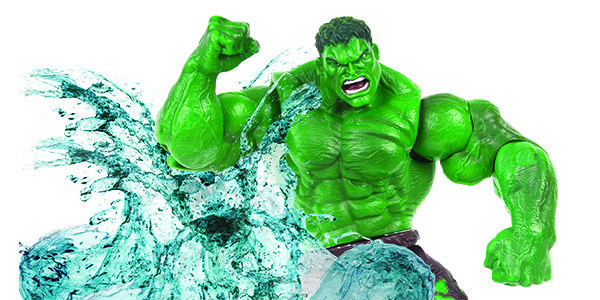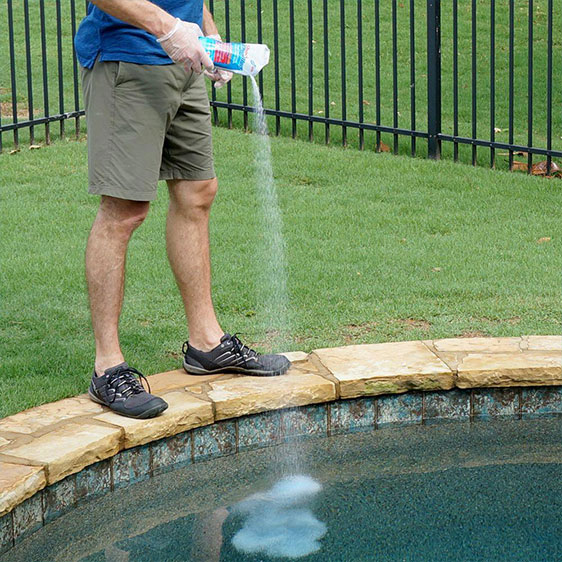Shocking News
We Are Here to Help | 1.8.2019
Here’s some shocking news! Now that the New Year is upon us, that means it’s time for a fresh start and smart choices. Most importantly, it means that we are only a few short months away from pool opening time!

Like every year prior, that leaves us with one important question. How will your water look when you pull back the cover this spring? Well, I have some breaking news that may “shock” you (pun intended) when it comes to making sure your water doesn’t resemble the Incredible Hulk this spring.
What if I told you that you should be shocking (oxidizing) your pools during the winter in order to help keep the water clean for when you open. I’m sure this statement is leaving you with some questions, so let me help in answering them.
Depending on when you closed your pool, hopefully not too early, or how many closing chemicals you applied will have a huge impact on the appearance of your water when you open. Closing your pool while we still have warm weather or under dosing your closing chemicals will allow algae to grow faster over the winter, leaving your heart and wallet empty come spring when you try to open. If you feel like you may have closed too early, or are not positive that you applied the correct amount of closing chemicals then oxidizing your pool over the next couple of months could be very beneficial to you.
If you’re having doubts about your pool care techniques, here’s the good news… you can’t “over” shock the pool. So when the weather breaks or if you haven’t had freezing weather yet, go out and add a preventative to your water. You can thank us later!
-
Use a non-chlorine shock when oxidizing over the winter, as it will be less potent and won’t stain or damage your liner.
-
Pre-mix the shock before applying, meaning you fill a 5 gallon bucket with water and then add the shock, stirring it around until dissolved.
-
Pull up your pool cover on one side, and apply the shock.
-
Stir the pool water with a brush or net, creating circulation so that the shock can disperse around the pool.
-
Circulate the shock to be effective, and, of course you do not want the shock to sit all in one spot at the bottom of the pool.
-
Leave the cover open for at least 2 hours to allow your water to breath and oxidize the contaminants out of the water.
It is always a good idea to test your pH before shocking, as having a high pH can cause your shock to be less effective. If you have a high pH reading, simply add the recommended dosage of pH decreaser and stir it around as best as possible before shocking your pool.
Well, now that you have all the “shocking” news and tools you need this winter, get out there and give your pool a nice zap to get it into shape this spring. If you still have any questions or concerns please call or stop in to your nearest Valley Pool & Spa location to ask the experts, as they will be happy to guide you along the way! Happy New Year and best of luck when opening your pools this season!
Cheers to 2019,
Cameron



